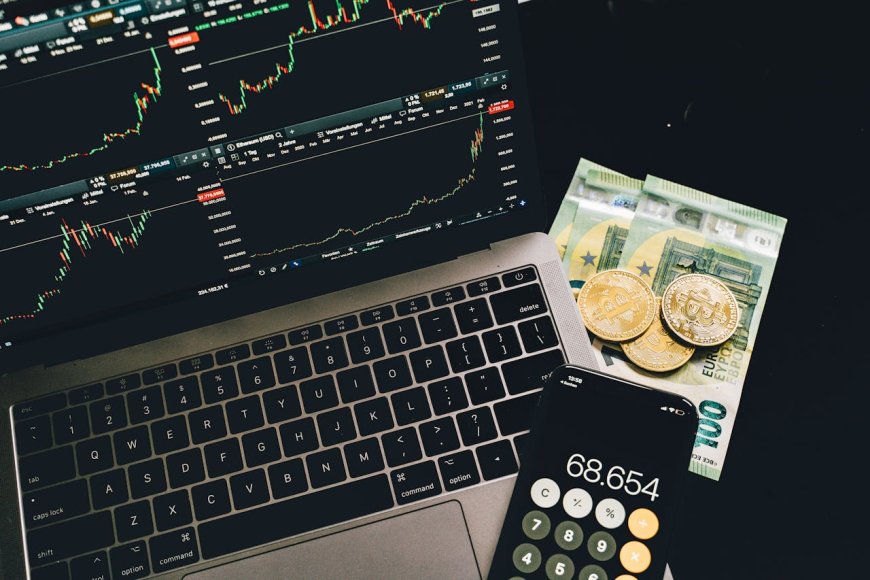Lot Size Strategies for Managing a $10 Trading Account

Trading with a small account can be challenging, especially when it comes to managing risk and maximizing potential returns. If you're starting with a modest $10 trading account, it's crucial to choose an appropriate lot size to ensure you can trade effectively while managing your risk. In this article, we’ll explore how to determine the best lot size for a $10 account and provide practical tips for optimizing your trading strategy.
Understanding Lot Sizes in Trading
Before diving into the specifics of lot sizes, it’s essential to understand what a lot size represents in trading. In the forex market, for example, a lot size refers to the quantity of the asset you’re trading. Here are the common lot sizes:
- Standard Lot: 100,000 units of the base currency.
- Mini Lot: 10,000 units of the base currency.
- Micro Lot: 1,000 units of the base currency.
- Nano Lot: 100 units of the base currency (less common).
For a $10 account, trading with standard or even mini lots is generally impractical due to the high risk involved. Instead, focusing on micro or nano lots is typically more suitable.
Calculating the Optimal Lot Size
To determine the best lot size for a $10 account, consider the following factors:
-
Risk Management: Effective risk management is crucial for any trading account, especially a small one. A common rule of thumb is to risk no more than 1-2% of your account on a single trade. With a $10 account, risking 1% equates to just $0.10 per trade.
-
Pip Value: The value of a pip (the smallest price movement in forex) varies depending on the lot size. For example:
- Micro Lot (1,000 units): A 1-pip move is worth approximately $0.10.
- Nano Lot (100 units): A 1-pip move is worth approximately $0.01.
Given these values, with a $10 account, a nano lot or a micro lot would be more appropriate to keep your risk within acceptable limits.
-
Leverage: Leverage allows you to control a larger position with a smaller amount of capital. However, high leverage also increases risk. For a small account, using high leverage can quickly deplete your funds if trades go against you. Therefore, it’s wise to use lower leverage to manage risk effectively.
Practical Tips for Small Accounts
-
Focus on Micro or Nano Lots: With a $10 account, trading micro lots (1,000 units) or even nano lots (100 units) is advisable. This approach helps manage risk while allowing you to engage in trading activities.
-
Use Tight Stop-Loss Orders: Tight stop-loss orders help protect your small account from significant losses. Ensure you set stop-loss levels that reflect your risk tolerance and the lot size you’re trading.
-
Avoid Over-Leveraging: Although leverage can amplify returns, it also increases risk. For a small account, it's better to use lower leverage and trade cautiously to avoid substantial losses.
-
Trade Strategically: Develop a solid trading strategy and stick to it. Avoid impulsive trades and focus on high-probability setups that align with your strategy and risk management rules.
-
Track and Adjust: Regularly monitor your trades and account performance. Adjust your lot size and risk management strategy as your account balance grows or changes.
Conclusion
Choosing the best lot size for a $10 trading account requires careful consideration of risk management, pip value, and leverage. For such a small account, micro and nano lots are generally the most appropriate to keep your risk within manageable limits. By focusing on effective risk management, avoiding over-leveraging, and trading strategically, you can make the most of your small trading account and build a foundation for future growth.
For additional resources and tips on trading with small accounts, check out these recommended articles:
- Understanding Risk Management in Forex Trading
- How to Trade with a Small Forex Account
- Maximizing Returns with Minimal Capital
By applying these strategies and insights, you can optimize your trading approach and increase your chances of success with a small account.







